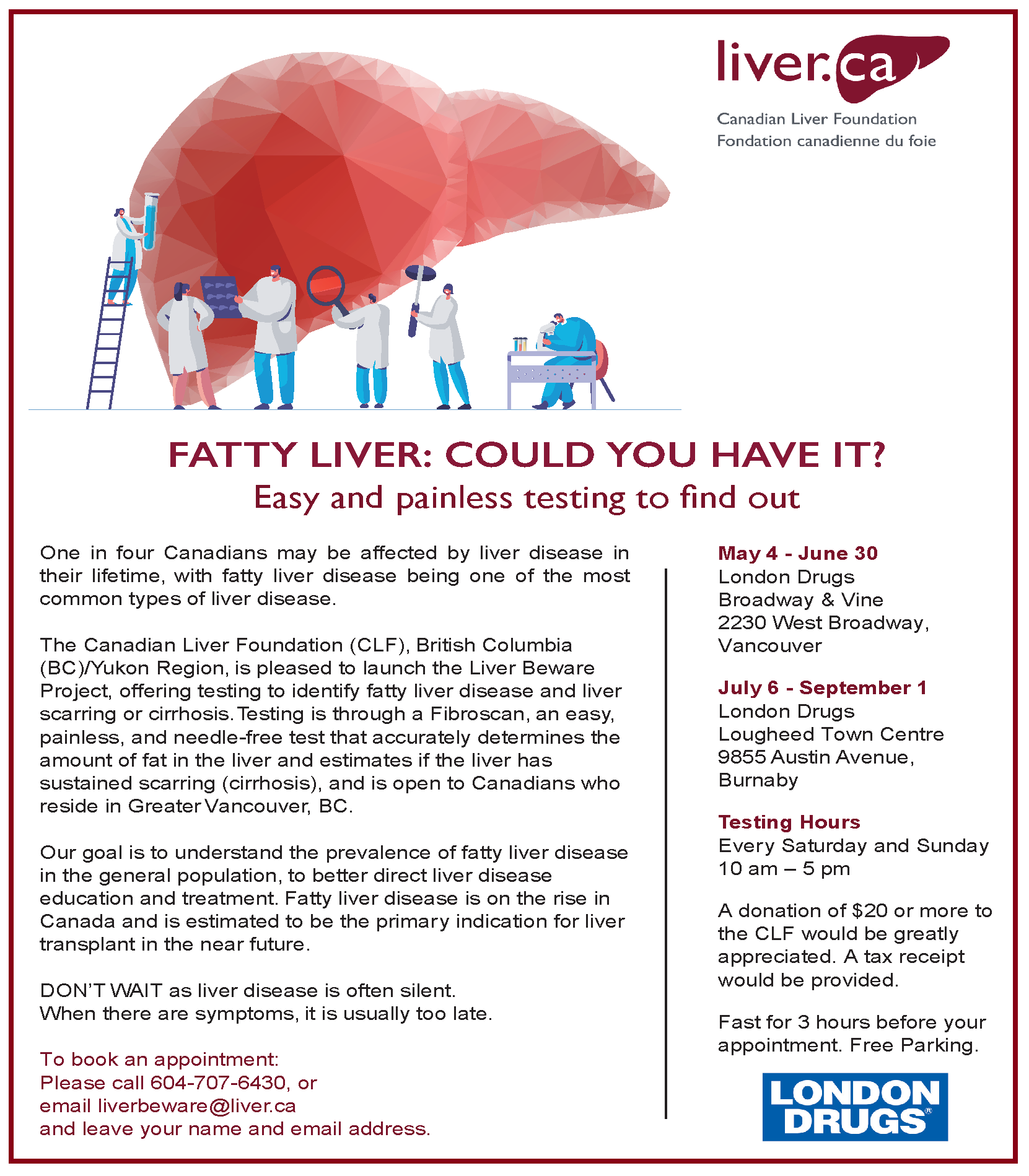CANADA’S population grew at almost twice the rate of every other G7 country from 2016 to 2021, rising 5.2% from 2016 to just under 37 million people in 2021, according to Statistics Canada.
Although the onset of the pandemic in 2020 halted Canada’s rapid population growth, it continued to be the fastest among G7 countries.
While the pandemic slowed the movement of people around the world, immigration still contributed to Canada’s population growing by 0.4% in 2020, the fastest pace of growth in the G7 for similar periods. By way of comparison, the population of the United States rose by 0.1% from July 1, 2020 to July 1, 2021.
Like most other G7 countries, Canada’s population growth from 2016 to 2021 was largely attributable to immigration, accounting for nearly four-fifths of the population gain over this period, while one-fifth was due to natural increase (that is, the number of births minus the number of deaths).
The rate of natural increase fell 0.3% from 2016 to 0.1% in 2021, the lowest level on record. While Canada’s pace of natural increase is low, unlike most other G7 countries, it is not expected to become negative (more deaths than births) within the next 50 years. The populations of Italy and Japan are already declining due to more deaths than births and low immigration rates.
However, the pandemic not only slowed the arrival of immigrants from other lands, it may also have impacted fertility rates. A recent study suggests that one-fifth of Canadian adults under the age of 50 wanted to have fewer children than previously planned or delayed having children as a result of the pandemic. Prior to the pandemic, fertility in Canada had been decreasing since 2015 and hit a record low of 1.4 children per woman in 2020.
Canada’s population growth ranked seventh in the G20 from 2016 to 2021, trailing Saudi Arabia, Australia, South Africa, Turkey, Indonesia and Mexico and on par with India.
| Population in 2011 | Population in 2016 | Population in 2021 | 2011 to 2016 Population growth rate | 2016 to 2021 Population growth rate | |
|---|---|---|---|---|---|
| number | number | number | % | % | |
| Canada | 33,476,688 | 35,151,728 | 36,991,981 | 5.0 | 5.2 |
| Newfoundland and Labrador | 514,536 | 519,716 | 510,550 | 1.0 | -1.8 |
| Prince Edward Island | 140,204 | 142,907 | 154,331 | 1.9 | 8.0 |
| Nova Scotia | 921,727 | 923,598 | 969,383 | 0.2 | 5.0 |
| New Brunswick | 751,171 | 747,101 | 775,610 | -0.5 | 3.8 |
| Quebec | 7,903,001 | 8,164,361 | 8,501,833 | 3.3 | 4.1 |
| Ontario | 12,851,821 | 13,448,494 | 14,223,942 | 4.6 | 5.8 |
| Manitoba | 1,208,268 | 1,278,365 | 1,342,153 | 5.8 | 5.0 |
| Saskatchewan | 1,033,381 | 1,098,352 | 1,132,505 | 6.3 | 3.1 |
| Alberta | 3,645,257 | 4,067,175 | 4,262,635 | 11.6 | 4.8 |
| British Columbia | 4,400,057 | 4,648,055 | 5,000,879 | 5.6 | 7.6 |
| Yukon | 33,897 | 35,874 | 40,232 | 5.8 | 12.1 |
| Northwest Territories | 41,462 | 41,786 | 41,070 | 0.8 | -1.7 |
| Nunavut | 31,906 | 35,944 | 36,858 | 12.7 | 2.5 |
CANADA has continued to urbanize since the 2016 Census, with the population growth rate of urban centres outpacing the growth occurring elsewhere.
In 2021, Canada had 41 census metropolitan areas (CMAs) with more than 100,000 people, up from 35 in the previous census and further evidence of the increasing urbanization of Canada. The six new large urban centres are Fredericton, Drummondville, Red Deer, Kamloops, Chilliwack and Nanaimo. Close to 27.3 million people, or nearly three in four Canadians, lived in a CMA at the time of the census.
Over one-third of Canadians (13.1 million people) live in the three largest CMAs of Toronto, Montréal and Vancouver.
Toronto (6,202,225 people) remains the most populous CMA, followed by Montréal (4,291,732 people) and Vancouver (2,642,825 people).
Three other CMAs had a population of over one million inhabitants in 2021. Ottawa–Gatineau (1,488,307 people) regained fourth place after temporarily losing that title in 2016 to Calgary (1,481,806 people), which fell back to fifth place but remained the most populous CMA in Alberta. Edmonton (1,418,118 people) remained the nation’s sixth largest CMA.











